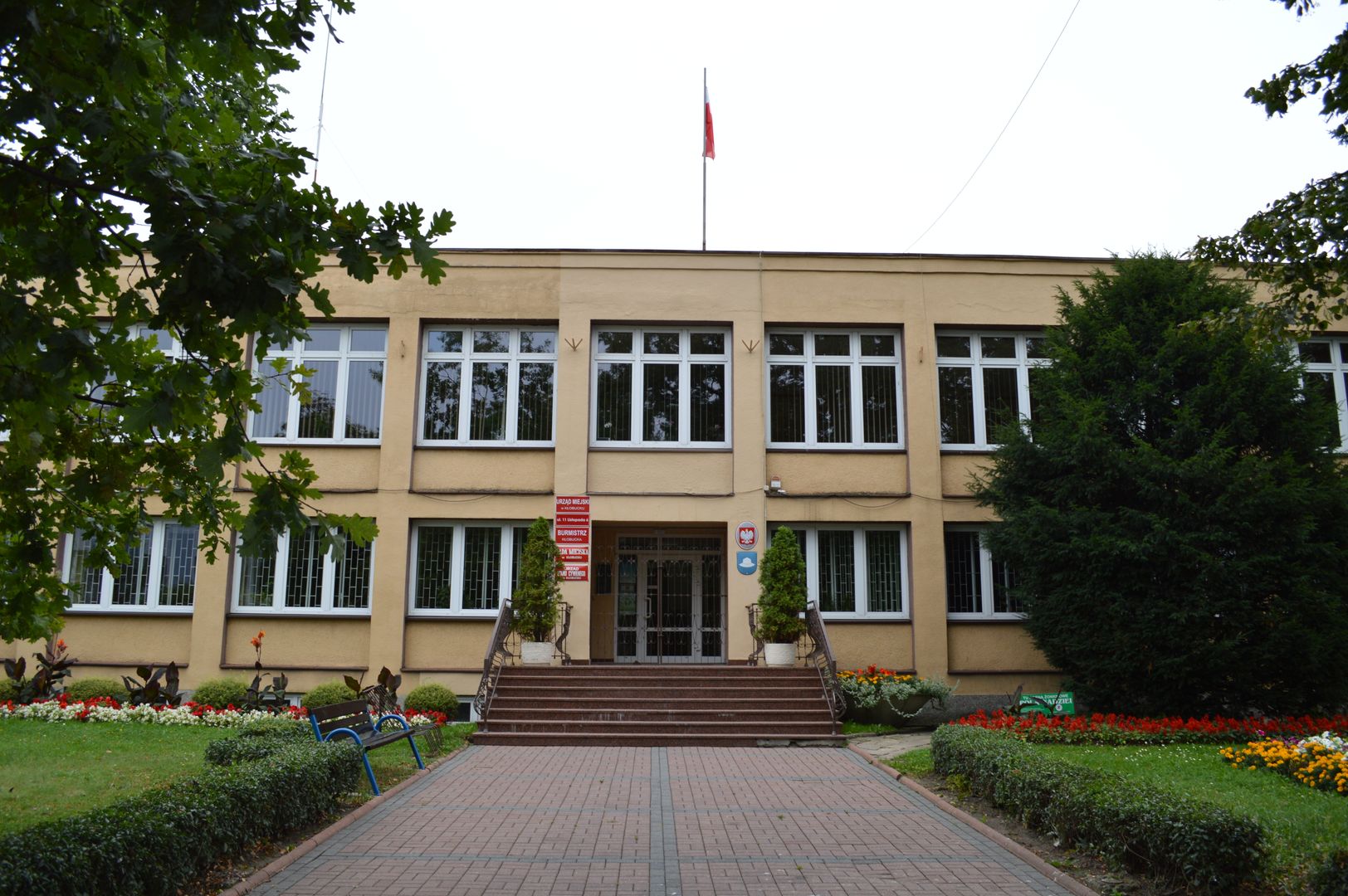Kłobuck
6.91

Overview
Kłobuck is a town located in the Silesian Voivodeship, known for its rich history dating back to the Middle Ages. As a royal town, Kłobuck received its municipal rights between 1339 and 1344 and for centuries served as a center of trade, craftsmanship, and administration. Within Kłobuck, there are numerous historical monuments, including the Gothic-style Church of St. Martin and Margaret, which serves as the main religious landmark of the town. Other key sites include the palace in Zagórze and the urban layout of the city center, which has retained its historical character, including the market square and the streets branching from it.
Kłobuck is also a venue for many cultural events, such as the Jurajski Freestyle Dance Festival and the Długosz Days, which promote local history and traditions. The town boasts a vibrant cultural life, with active dance and music groups, as well as activities organized by the Municipal Cultural Center. An interesting fact is that Kłobuck lies on the border of two physiographic mesoregions, which influences its terrain, featuring hilly areas and rich nature. The town is also known for its history related to World War II, including the tragic fate of the Jewish community, which was separated and decimated by the Holocaust.
Today, Kłobuck is an active regional hub, developing both economically and culturally, attracting residents and tourists alike, ensuring that its history and heritage remain alive and relevant.
Location
2025 Wizytor | All Rights Reserved